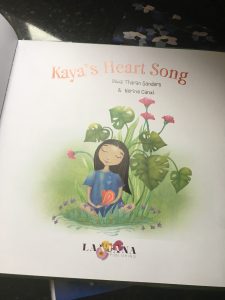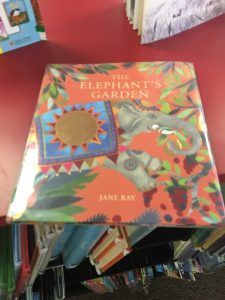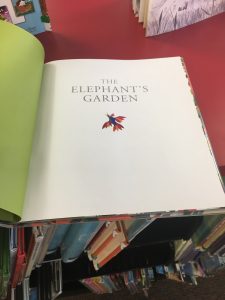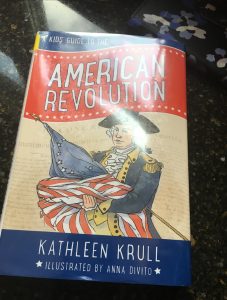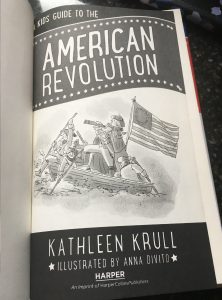Author(s), Illustrator/Photographer: Diwan Tharan Sanders & Nerina Canzi.
Publisher and Year/Number of pages: Lantana Publishing, 2018, 30 Pages.
Genre: Fiction, Picture Book.

Descriptive Annotation: The cover features a drawing of a Malaysian girl (our protagonist, a kid named Kaya) with her eyes clamped shut in the middle of beautiful Malaysian flowers, colored both purple and a light pink in her hair and in the garden itself. The title appears over these images of bliss, suggesting that Kaya is humming her heart song as she convalesces amongst nature’s beautiful patchwork quilt of colors. Also included is a large bulb of some sort above her head, emitting what can only be some sort of lovely flower scent into the atmosphere, shown in the same type of beautiful colors. This is a combination of both garden imagery used by mankind for millennia, and the use of flowers in the hair can be seen for the entirety of the picture book.
Kaya’s Heart Song is the heartwarming story of a girl named Kaya and her mother who lives in the jungles of Malaysia in a cozy little village. Her mama is able to hear a heart song from deep within, but Kaya simply cannot yet. She is told not to fret by her mama, though, as she cheerfully reminds her that “When the time is right, you’ll hear it. Learn to quiet your mind so the music can be heard” (Sanders, p. 2-4). As the story goes on, it is evident that while the jungle may be vast, it is still full of friendly faces for Kaya. She runs into somebody from the village named Pak after being guided to him by a butterfly, and he is guarding a gate to something beyond her wildest dreams-an elephant carousel: “It’s the most beautiful carousel Kaya has ever seen. But out here in the jungle, it looks unused, unloved and forgotten” (Sanders, p. 11). The carousel is covered in vines, and as she and Pak go about clearing them, the carousel comes to life as it hums along, and a soft beat starts to sound in Kaya’s ear-kind of like a heart song. Soon, all of the carousels have come alive, and the elephants unmoor themselves from the poles and start to move throughout the jungle, giving everybody free elephant rides. The music was inside Kaya all along, and it brought a long-dormant attraction to life and made everybody happy, from Kaya to Pak to the entire village that enjoyed the rides. The lesson of self-care in the book-that taking care of yourself and finding peace will help do the same for others-would certainly be a useful lesson for students reading this picture book in the primary school classroom. No real background knowledge needed here-just an open mind.
Classroom Application: In the book Kaya’s Heart Song, the characters are Malaysian, a far-off country that many students will probably not know about, which would be ideal for instructing students from less racially or ethnically diverse communities. Different people find true happiness and self-love in different ways, and being able to share that love is a priority to make our world more harmonious. The last line of the book sums it up nicely: “And thank you, Pak, for helping me find my heart song. I promise to share it for all to hear” (Sanders, p. 27). Sharing your happiness with others demonstrates how people should simply be authentic in how they interact with each other as well, as authenticity is key in forming long-term relationships. In short, we need more empathy and recognition of where people are in life’s journey when we interact with them, and this book offers a way to start the process of beginning to build this kind of deep empathy at an impressionable age.
Linguistic and Cultural Diversity Analysis: Sanders covers the interactions between Kaya and Pak, not to mention her mother and the elephants, in a unique and innovative way, making sure to include culturally sensitive designs, clothes and hair for the Malaysian children without overdoing it in the story. Additionally, not many people have used a picturebook format to communicate the traditional melodies of Malaysia before, so that is unique as well when Kaya ends up hearing her heart song for the first time: “Boom taktak boom taktak boom shick shack shook” (Sanders, p. 21). Another important message in this picture book is the idea of people all moving at their own, individual pace. This is a lesson to be aware of when forming perceptions based on how people act towards us. We never truly know what is happening inside peoples’ minds, and knowing everyone has their own pace and perception helps us better understand and appreciate others that differ from ourselves.
